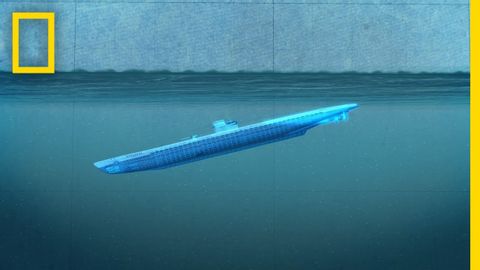
Subtitles & vocabulary
The Sinking of the SS Athenia | WW2 Hell Under the Sea
00
林宜悉 posted on 2020/11/23Save
Video vocabulary
scenario
US /səˈner.i.oʊ/
・
UK /sɪˈnɑː.ri.əʊ/
- Noun
- An imagined sequence of events in a plan/project
B1
More recognize
US /ˈrek.əɡ.naɪz/
・
UK /ˈrek.əɡ.naɪz/
- Transitive Verb
- To accept the truth or reality of something
- To consider something as important or special
A2TOEIC
More realize
US /ˈriəˌlaɪz/
・
UK /'ri:əlaɪz/
- Verb (Transitive/Intransitive)
- To become aware of or understand mentally
- To achieve or make something happen.
A1TOEIC
More immediately
US /ɪˈmidiɪtli/
・
UK /ɪˈmi:diətli/
- Adverb
- Without any delay; straight away
- Very closely in space or time; next to.
A1TOEIC
More Use Energy
Unlock All Vocabulary
Unlock pronunciation, explanations, and filters
